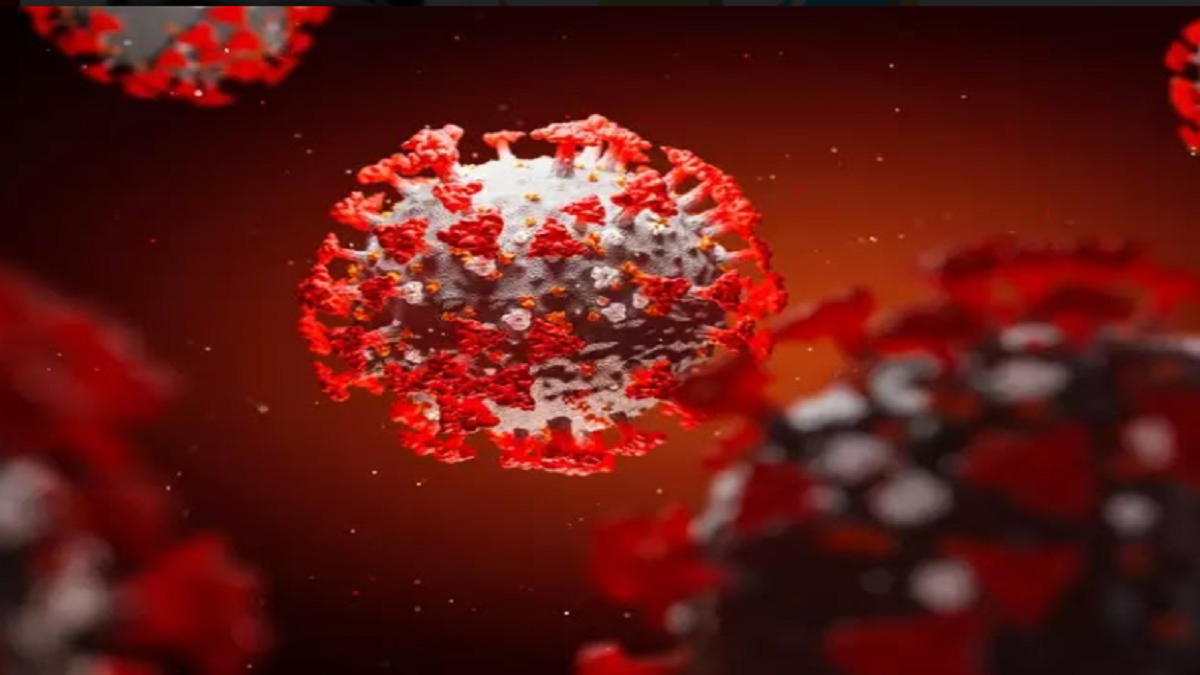


Prime Minister Narendra Modi’s expertise at using strategic electoral cards to win elections has received a setback in the recently-held West Bengal Assembly elections. Ironically, while the second wave of the pandemic may be held accountable for diminishing the appeal of what was once projected as a Modi-wave, the West Bengal results convey a different message.
PM Modi needs to be on guard against strong state leaders. Voters have conveyed this by choosing to support Mamata Banerjee’s party in these polls. Clearly, regional parties with a firm base in their respective states and headed by popular leaders cannot be easily defeated and cornered by however strong national parties and their respective leaders are.
Of course, the coming year—with seven states heading for Assembly elections—may spell a different political scenario. Uttar Pradesh (UP), Punjab, and Gujarat are three of these states. While it is as yet too early to consider the prospects of BJP in UP and Gujarat, the return of Congress to power in Punjab cannot be ruled out.
In UP, a lot is dependent on how BJP’s rival parties play their cards. It may be recalled, during 2017 Assembly polls in UP, in a notable number of seats, total votes won by Bahujan Samaj Party (BSP) and Samajwadi Party (SP) exceeded those secured by BJP by more than 20,000 votes. While BJP won 312 seats, BSP and SP managed to get only 19 and 47 respectively. Yet, it cannot be missed, BSP won around 22% votes, SP- 21%, while BJP secured 39% votes. This hard reality apparently prompted SP and BSP to align during the 2019 parliamentary elections. While BJP retained its lead in 2019, it won 62 seats, nine lesser than it had secured in 2014; BSP won 10, SP five, and the Congress only one seat. Perhaps, had its two rivals not remained divided in the 2014 parliamentary elections and 2017 Assembly polls, BJP’s fate may have been decided by a lesser number of seats.
Undeniably, the impact of the Modi wave cannot be ignored in deciding the BJP’s luck; the Modi wave doesn’t seem to be at the peak currently. This has suffered substantially because of Covid-19. It has certainly limited the electoral appeal of master cards exercised by PM Modi while campaigning. This also includes his ‘Ayodhya card’. Success on this front helped him dominate headlines for some time. The same may be said about his government’s decision regarding Jammu & Kashmir’s status, Triple Talaq, and also the more controversial Citizenship Amendment Act (CAA). Yet, the second wave of the Covid-19 may have left a majority of Indians too tensed to be distracted by these issues
But, PM Modi and his team are least likely to give up on their master card. This is partly suggested by the repeat telecast of the once highly popular serial Ramayana. Indians are as religious as they were when this serial was first telecast during the late eighties on government channel Doordarshan. Ninety percent of the Indian population, which includes non-Hindus also, sat glued to their TV screens to watch this serial. There were also reports of some devout persons viewing the serial as a religious exercise. Some groups would indulge in violence, if due to some reason, there was a powe-cut, disrupting the serial’s telecast.
That was in the eighties, more than three decades ago, when the communication boom had not hit India. Compared to several hundred channels now, there was only one channel in the eighties, and that too for select hours. Now, viewers have the option to switch on channels round the clock. Besides, several religious programmes, including serials, are available now but the question of each and/or all being given the ‘religious’ importance that Ramayana-serial was in the late eighties is as good as non-existent.
In addition, the mobile era had not yet entered the scene then. Nor had the computer followed by the Internet. So people had no access to various means of communication that they now have. From one angle, Narendra Modi has the advantage of using multiple means of communication to spread ‘news’ about his accomplishments. The same may be used to increase negative campaigns against his rivals. Unfortunately, for him, the Covid phase has substantially derailed the expected positive impact of these electoral strategies.
During his UP campaign, BJP leaders may well be expected to talk of BJP winning all the 403 assembly seats. But as suggested, a lot may be decided by rival parties’ nature of aligning and campaigning. It would be sensible of Congress to maintain a low profile in UP in the way it seems to have done in West Bengal. This once-dominant party needs to focus more on retaining its base in Punjab, as it has a long way to go in UP. Congress won only seven seats in 2017 and 6.25% votes. There is a view that in Bihar assembly polls, the political results may have been different had Congress not insisted on contesting from 70 seats. It won 19 seats. At present, Congress needs to give more importance to respecting the strength of BJP’s rivals and aligning with them accordingly, rather than displaying over-confidence about its reach
Covid’s phase 2 has caught the BJP off-guard and there may be fewer chances of much-tried strategic electoral cards bearing the same relevance for voters. Prime Minister Modi’s recent national address is an indicator of him acting so as not to let his mastery of over communication strategies go off-track and get derailed by the effects of the pandemic.